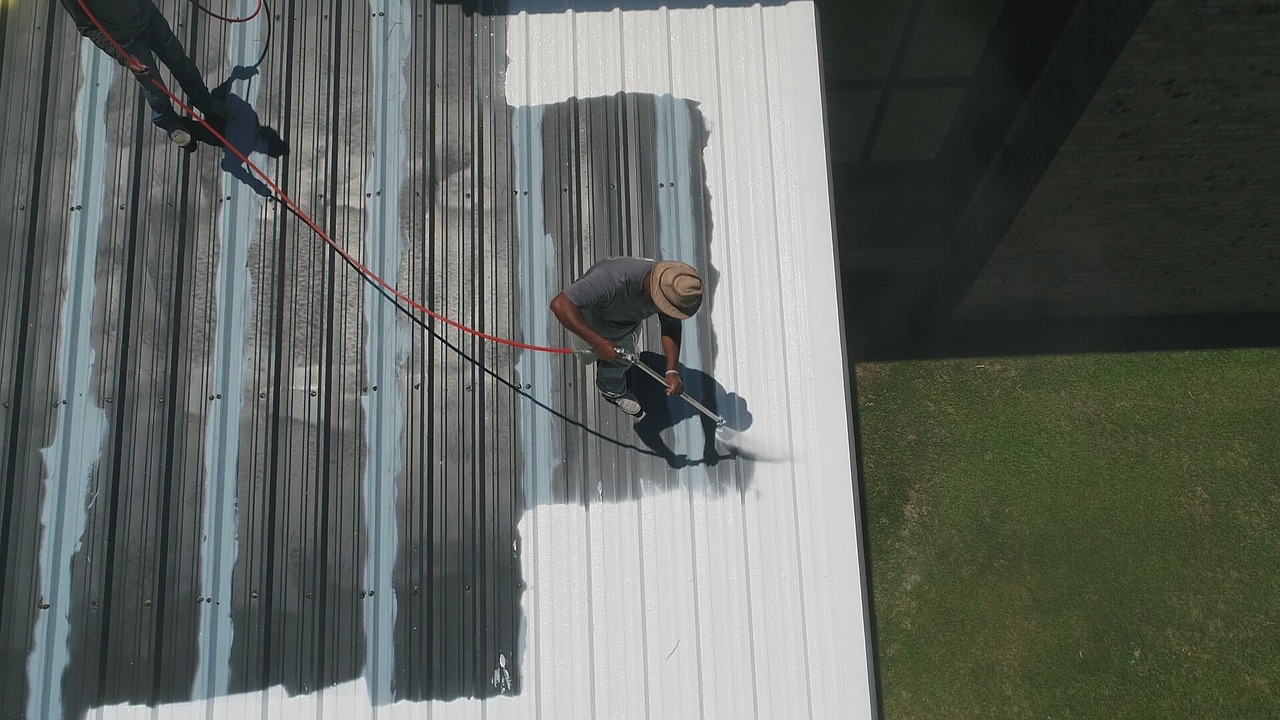Flat roofs are a popular choice for many homeowners and commercial buildings due to their sleek design and cost-effectiveness. However, one common issue that often plagues flat roofs is the occurrence of blisters and cracks. These problems can lead to significant headaches, extensive repairs, and potential water damage if not addressed promptly. In this article, we will explore proactive steps that you can take to avoid blisters and cracks in your flat roof, ensuring its longevity and minimizing future headaches. You can read more about effective Ways to Fix Your Roof to ensure its longevity and durability.
Proper Installation and Materials
One of the most crucial factors in preventing blisters and cracks in your flat roof is ensuring proper installation and using high-quality materials. Hiring experienced professionals who specialize in flat roof installations is essential to ensure that the roof is constructed according to the manufacturer’s guidelines and industry best practices. Additionally, investing in quality roofing materials that are specifically designed for flat roofs can significantly reduce the risk of blistering and cracking over time.
Regular Inspections and Maintenance
Regular inspections and maintenance play a vital role in identifying early signs of potential issues with your flat roof. Scheduling professional inspections at least once or twice a year allows trained experts to assess the overall condition of your roof, identify any areas prone to blisters or cracks, and recommend necessary maintenance or repairs.
Proper Drainage
Efficient drainage is essential for preventing the accumulation of water on your flat roof, which can lead to blisters and cracks. Poorly designed or blocked drainage systems can cause water to pool and put excessive strain on the roof membrane, leading to blister formation or even structural damage. Ensuring that your roof has a properly designed and functioning drainage system, including gutters, downspouts, and positive slopes, will help divert water away from the surface and minimize the risk of blistering and cracking.

Protective Coatings
Applying protective coatings is an effective proactive measure to enhance the durability and resistance of your flat roof, reducing the risk of blisters and cracks. Various coating options, such as elastomeric or silicone coatings, provide an additional layer of protection against UV rays, extreme temperatures, and moisture. These coatings can help prevent damage caused by thermal expansion and contraction and increase the overall lifespan of your flat roof.
Taking proactive steps to avoid blisters and cracks in your flat roof is essential for preventing future headaches and costly repairs. Prioritizing proper installation and high-quality materials, conducting regular inspections and maintenance, ensuring efficient drainage, and applying protective coatings are four key factors to consider.
